SELECTIVE DRY COW THERAPY
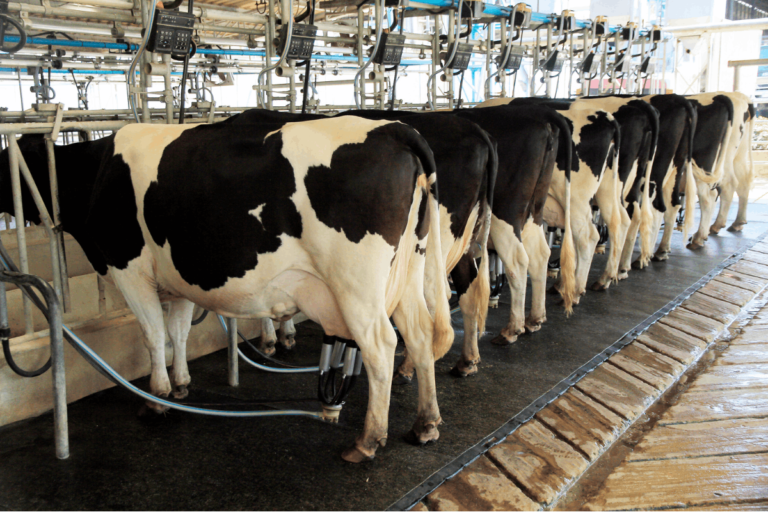
SELECTIVE DRY COW THERAPY: REDUCING ANTIBIOTIC USE IN DAIRY FARMING
Modern dairy farming faces a global challenge: the excessive use of antibiotics, which contributes to the development of resistant bacterial strains and poses a threat to both animal and human health. One of the solutions is Selective Dry Cow Therapy (SDCT), which allows for reducing antibiotic use without compromising herd health and milk quality.
MOVING AWAY FROM TRADITIONAL ANTIBIOTIC THERAPY
For decades, Blanket Dry Cow Therapy (BDCT) has been used, in which antibiotics were administered to all cows at the end of lactation. However, this approach has significant drawbacks: excessive antibiotic use, increased risk of resistant infections, disruption of the udder’s microflora, and growing public pressure on the dairy sector. In response, responsible antibiotic use has become a priority in the EU and North America, with SDCT emerging as a leading strategy.
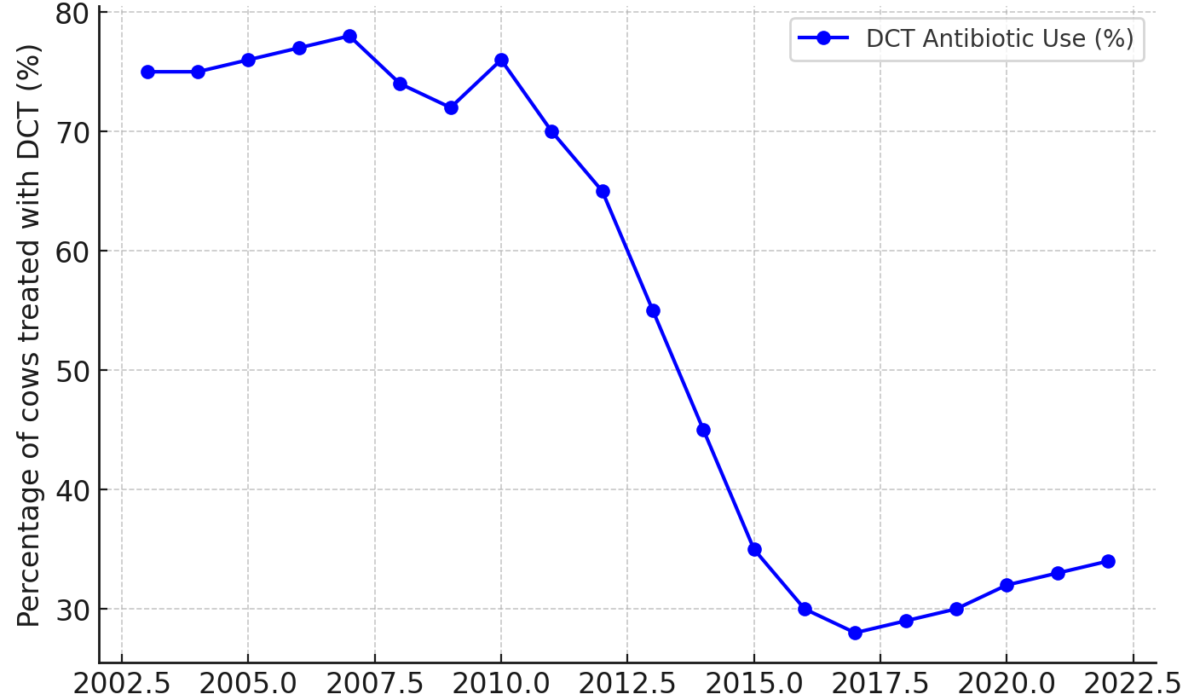
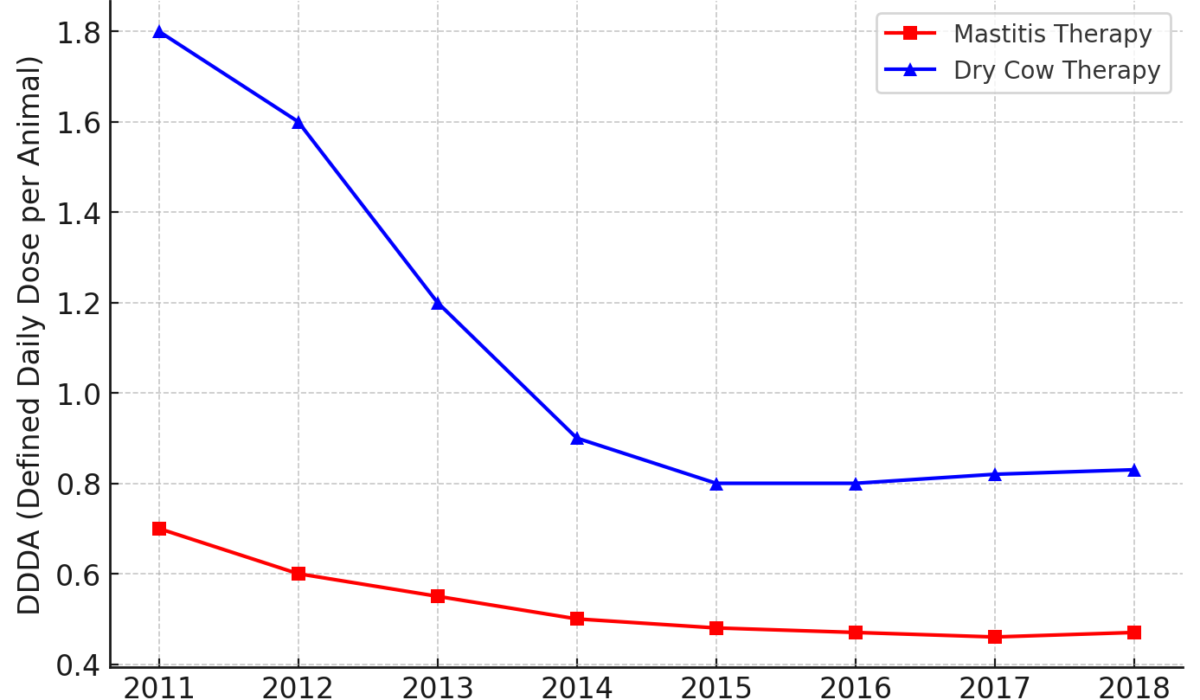
WHAT IS SELECTIVE DRY COW THERAPY (SDCT)?
SDCT involves using antibiotics only for cows at high risk of infection, while healthy animals receive teat sealants instead of antibiotics. This approach allows:
- A 20–40% reduction in antibiotic use;
- Maintaining udder health without increasing mastitis cases;
- Ensuring high milk quality standards.
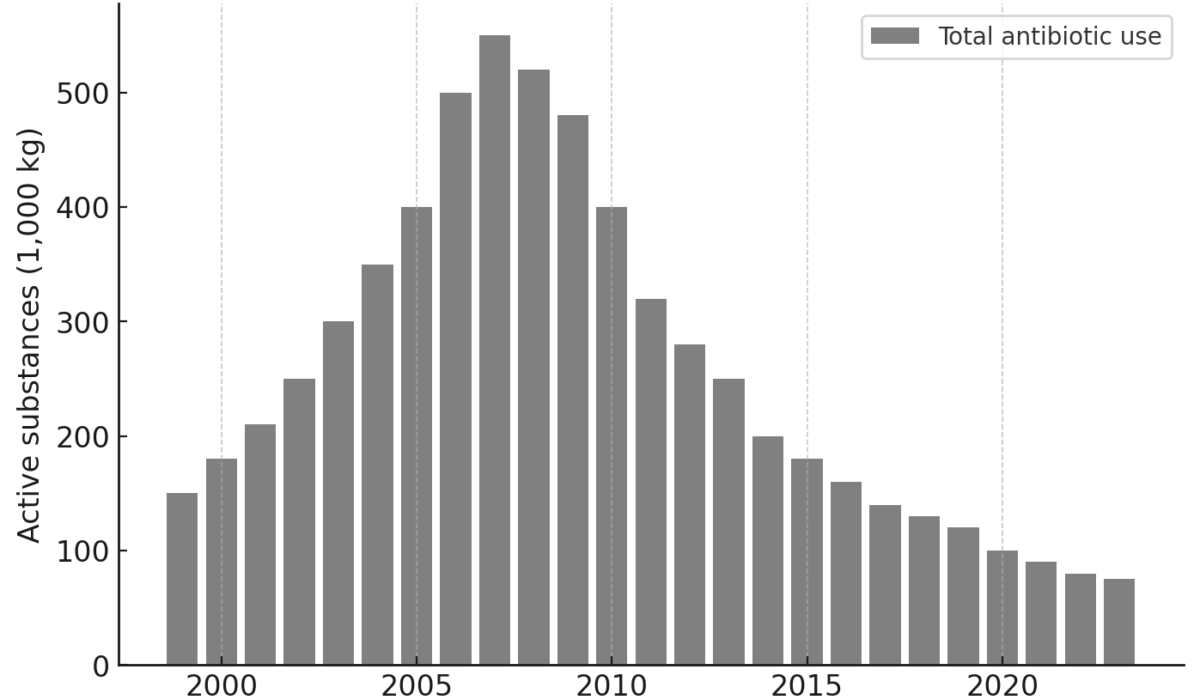
Before entering the dry period, the herd is divided into two groups: cows with high somatic cell counts (SCC) or a history of mastitis receive antibiotics, while healthy cows receive only a teat sealant to prevent infections. Studies show that this method does not increase mastitis risk while lowering veterinary costs.
KEY FACTORS FOR IMPLEMENTING SDCT
For successful SDCT implementation, it is essential to follow three critical conditions.
Firstly, an accurate assessment of the herd’s infection status is required. To determine which cows need antibiotics, the following are used:
- Somatic Cell Count (SCC) analysis from the last three lactations;
- Bacteriological milk tests;
- Herd mastitis history.
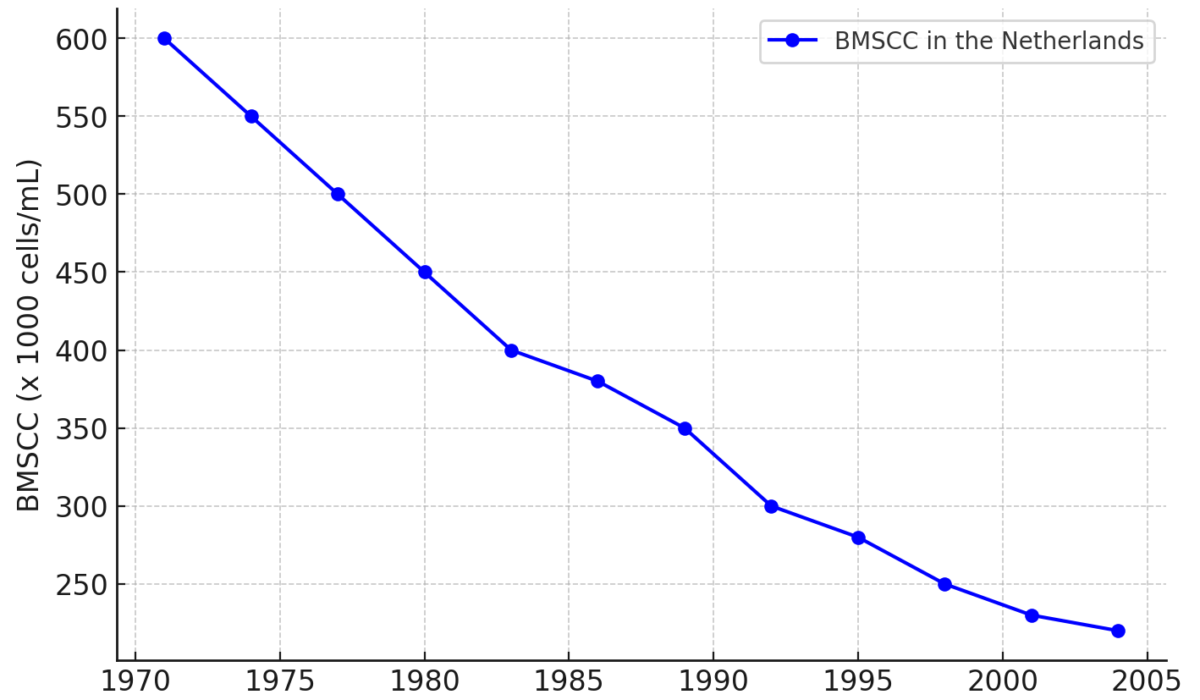
Secondly, high hygiene standards must be maintained. Cleaning and disinfecting milking equipment, ensuring stall hygiene, and regularly monitoring cows reduce infection risks and enhance therapy effectiveness.
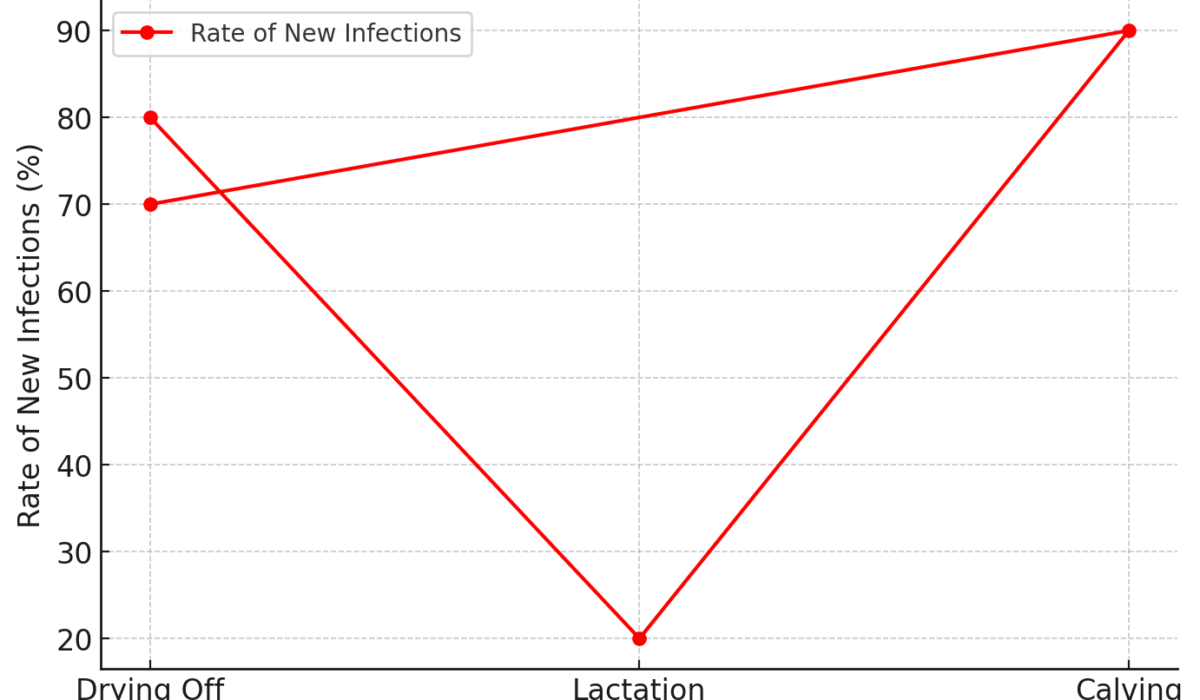
Finally, the use of teat sealants is a crucial element of SDCT. They create a physical barrier that prevents pathogens from entering the udder. Papilla Seal is an innovative teat sealant that:
- Protects the udder during the dry period;
- Contains no antibiotics;
- Lowers veterinary costs.
SCIENTIFIC RESEARCH AND FUTURE PROSPECTS
Large-scale trials in Europe and North America have confirmed SDCT’s effectiveness. In the Netherlands, adopting this strategy has reduced antibiotic use by 50% without negatively affecting cow health. In Canada, antibiotic consumption in dairy farming decreased by 30%, while maintaining good udder health.
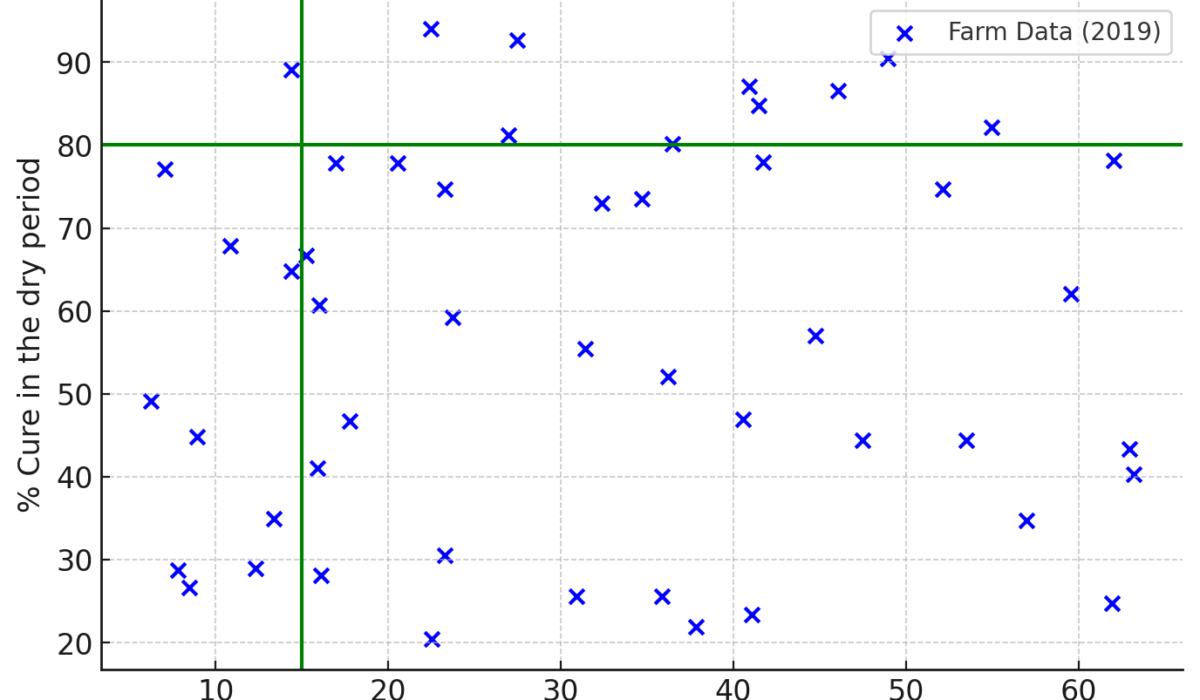
Research shows that the highest risk of intramammary infections occurs during the drying-off and calving periods. During these critical moments, teat sealants provide maximum protection by creating a barrier against pathogens.
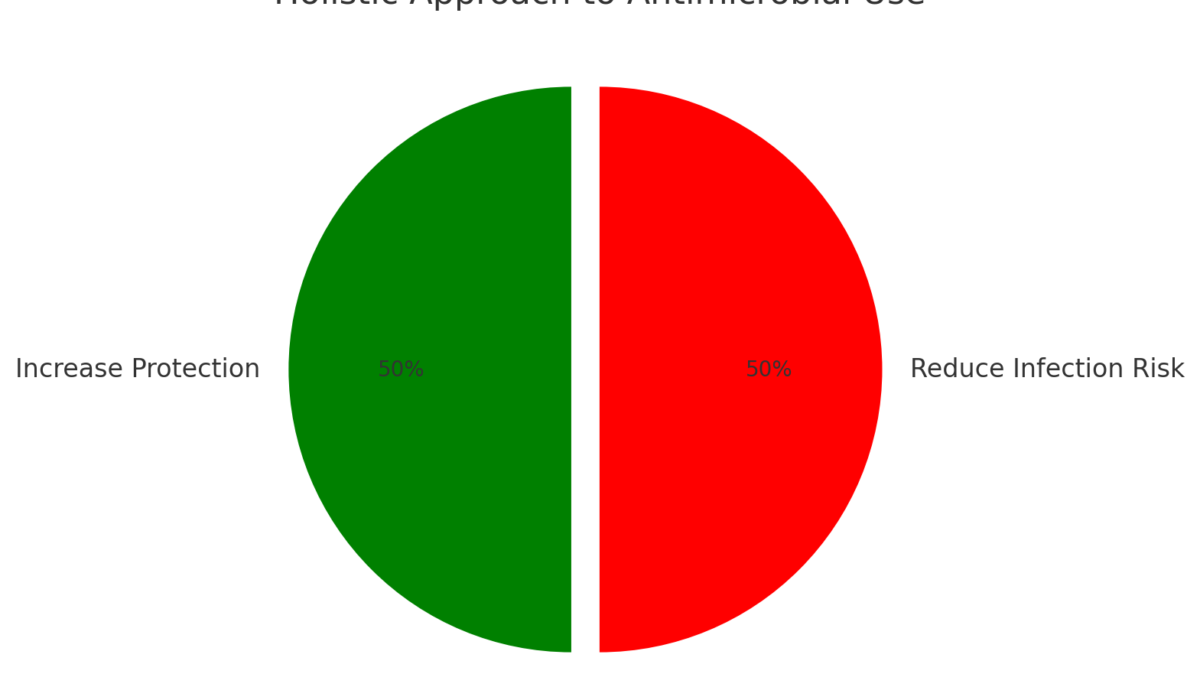
SDCT is not just a method for reducing antibiotic use but also a sustainable farming approach. It lowers veterinary costs, enhances the public perception of dairy products, and meets international food safety standards.
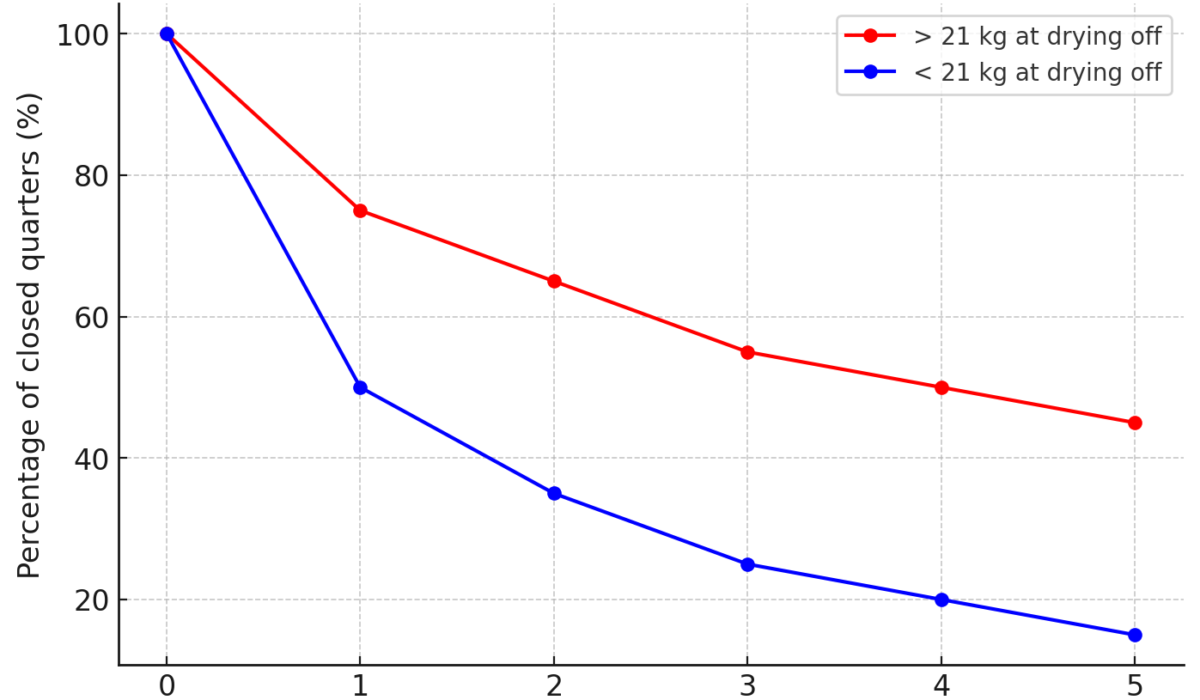
Adopting Selective Dry Cow Therapy is a crucial step toward a more sustainable dairy farming industry. The use of teat sealants like Papilla Seal reduces the need for antibiotics while ensuring herd health, milk quality, and long-term productivity.